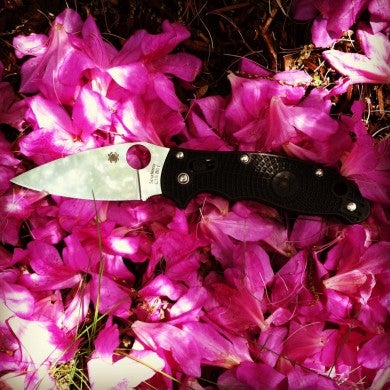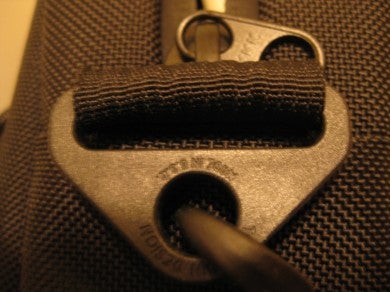Finding hidden value in gear through superior design
Tony Sculimbrene 07.29.13

We all have an understanding of value when it comes to dollars and cents. Cheaper things that perform just as well as more expensive things are a good value. But what I have learned over two years of reviewing gear is that good design can also provide you with good value just as easily as a lower price can. Finding these things is about understanding costs in a broader sense than just money. Costs can also be found in carry weight, performance, and ease of use. Broadening your view of costs can allow you to find value even when there are no differences in dollars.
Let me give you an example, striking out the names for illustration purposes. Suppose you’re looking for a medium sized, medium- to heavy-duty folder (understanding that “heavy duty” for folders is something like light to medium duty for fixed blades). Suppose that you have a budget of roughly $85. Finally, suppose that you have decided that you want a knife you can open with a thumb hole. Here are two examples that meet all of those criteria with their specs:
Run through the list of differences. One stands out. See it? The weight. It’s a huge difference, like 1/4 better on Knife #1 than Knife #2. Essentially, Knife #1 is exactly the same as Knife #2, but a little cheaper and a lot lighter.Have you guessed which knife is which? Blade #1 is the Manix2 LW from Spyderco.

| Knife #1 | Knife #2 | Differences | |
|---|---|---|---|
| Street Price | $80 | ~$85 | 5.9% |
| Opening | Thumb hole | Thumb hole | None |
| Blade length | 3.37″ | 3.45″ | 2.4% |
| Weight | 2.92oz | 3.76oz | 22.4% |
| Steel (hardness) | BD-1 (50-60 HRc) | 154CM (58-61 HRC) | Possibly as high as 2% |
| Lock type | Ball bearing | Axis | Roughly none |
| Handle | Fiber-reinforced co-polymer | Noryl GTX | Roughly none |